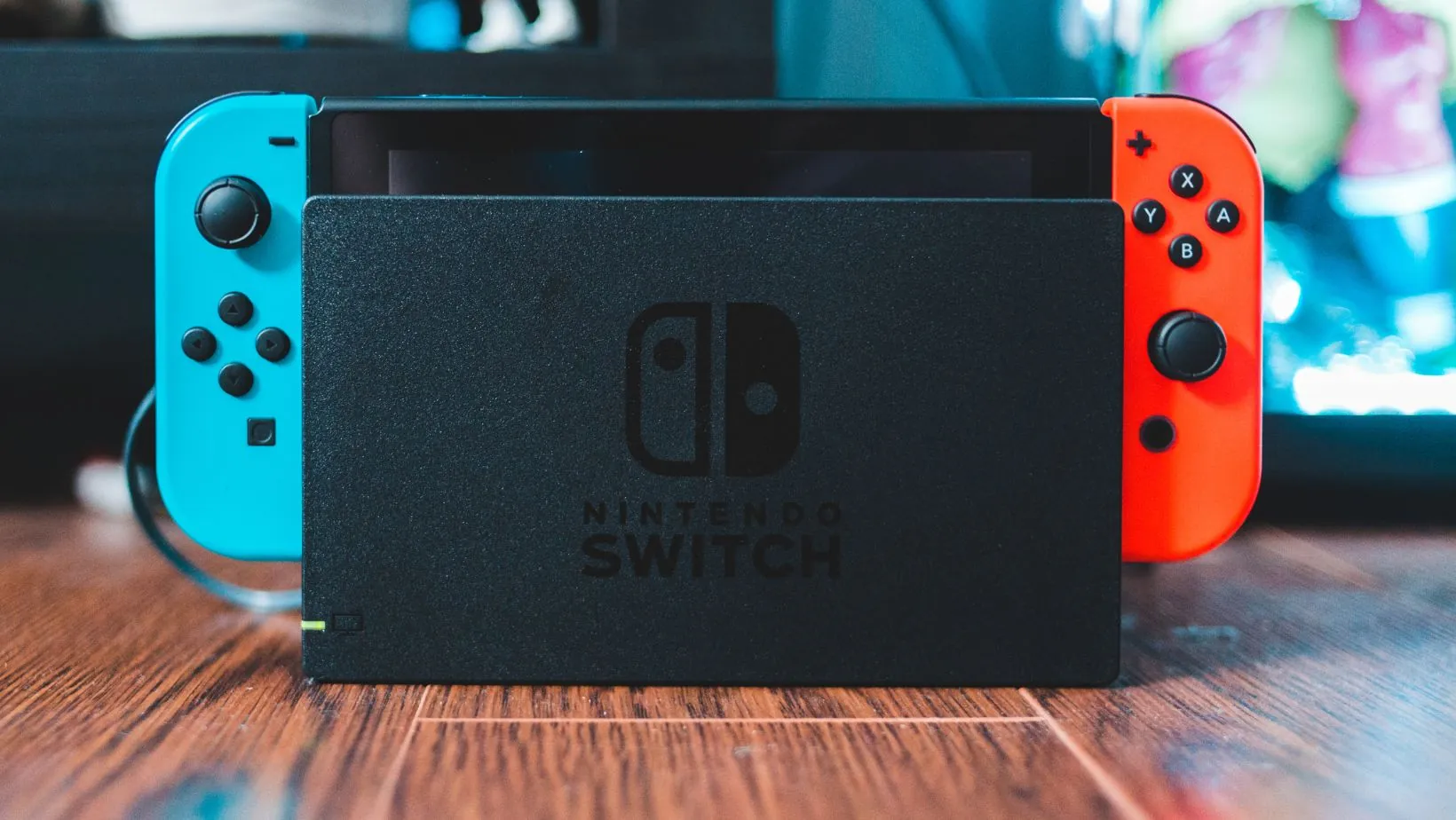In the late ’90s, the gaming world was buzzing with excitement as players eagerly battled their way through the vibrant landscapes of Pokémon. Enter Pokémon Stadium for the Nintendo 64, a game that turned couch potatoes into competitive trainers faster than you could say “Pikachu!” With stunning 3D graphics and a host of beloved Pokémon, it transformed the way fans experienced their favorite franchise.
Table of Contents
ToggleOverview of Pokémon Stadium Nintendo 64
Pokémon Stadium debuted for the Nintendo 64 in 1998, marking a significant milestone in the Pokémon franchise. The game featured 3D battles, bringing Pokémon to life in ways players had never seen before. Players engaged in gym leader challenges and tournament setups, enhancing competitive play.
Battle mechanics relied heavily on strategy and timing, showcasing the strengths and weaknesses of various Pokémon types. A roster of 151 Pokémon, including iconic favorites like Pikachu and Charizard, captured the attention of fans. Players could also utilize their Game Boy Pokémon Red and Blue games to transfer Pokémon, promoting connectivity between platforms.
Minigames added a playful aspect to the overall experience. Mini-games, such as “Clefairy Says” and “Egg Emergency,” provided varied gameplay options beyond traditional battles. Participants faced off in these engaging challenges, contributing to a well-rounded gameplay experience.
The graphics represented an advanced leap for the time, allowing players to enjoy high-quality visuals over previous portable versions. Sound effects and music created an immersive environment, enhancing the excitement of each battle. Competitive players also appreciated the battle replay feature, which allowed them to analyze strategies post-game.
Pokémon Stadium established itself as a beloved classic, influencing future titles in the series. Its innovative approach fostered community engagement, leading to various tournaments and events. Enhancing interactions among players, Pokémon Stadium solidified its place in gaming history.
Gameplay Features
Pokémon Stadium offers a range of exciting gameplay features that enhance player engagement. Players can explore intricate battle mechanics and fun mini-games.
Battle Mechanics
Battle mechanics emphasize strategy and timing. Players select their Pokémon from a roster of 151, each with unique abilities and move sets. Engaging in gym leader challenges allows players to test their skills against formidable opponents. Tournament setups facilitate competitive play, giving participants a structured environment to refine their strategies. Additionally, battles occur in 3D arenas, heightening the experience with visually impactful graphics. The ability to transfer Pokémon from Game Boy titles creates a seamless experience, integrating both games. Strategies evolve as players analyze battle replays, allowing for improvement in future matches.
Mini-Games
Mini-games introduce a variety of gameplay options. Players enjoy challenges like “Clefairy Says,” which tests memory and concentration. “Egg Emergency” brings speed and precision into play, requiring players to collect eggs while avoiding obstacles. These mini-games provide refreshing diversions from standard battles. Engaging in multiplayer mode allows friends to compete and share laughs, enhancing social interaction. Each mini-game offers unique mechanics, fostering a diverse gaming experience that complements competitive play. Overall, mini-games contribute significantly to the game’s charm, appealing to players of all ages.
Graphics and Sound Design
Pokémon Stadium’s graphics and sound design played a crucial role in its appeal. The game showcased vibrant 3D visuals, which captured the essence of the Pokémon series.
Visual Presentation
Graphics impressed players with their detailed character models and dynamic arenas. Animations made battles visually engaging, enhancing excitement during intense moments. Backgrounds featured themes that corresponded with various gym challenges, adding depth to the settings. Colors remained bright and appealing, creating an inviting atmosphere for all ages. Lighting effects contributed to the realism of the Pokémon battles while maintaining the whimsical charm of the franchise.
Audio Experience
Sound design complemented the visual elements effectively. Catchy tunes accompanied battles, ensuring players remained immersed throughout the experience. Each Pokémon’s unique sound effects added personality, making every encounter memorable. The announcer’s voice conveyed enthusiasm, increasing the thrill during matches and tournaments. Background music varied between different events, adjusting to the pace of the action and elevating overall gameplay enjoyment. Sound cues also provided helpful feedback, enhancing player interaction and engagement with the game.
Competitive Scene
Pokémon Stadium fostered a vibrant competitive scene within the gaming community. Players often participated in various tournaments that showcased their strategic skills and Pokémon knowledge.
Tournaments and Community
Numerous tournaments emerged around Pokémon Stadium, establishing a competitive atmosphere. Events typically featured brackets where players battled head-to-head, testing their team compositions and battle strategies. Community-driven tournaments attracted players from diverse backgrounds, promoting social interaction and camaraderie. Gamers shared tips and strategies online and organized meetups to challenge each other. Local game stores often hosted competitions, further integrating the game into the gaming culture.
Results from these tournaments frequently circulated within forums, creating a sense of accomplishment for top players. The thrill of competition helped solidify Pokémon Stadium’s legacy, demonstrating its impact beyond just casual play. Popularity surged as players sought to prove their skills on this beloved platform, enhancing the game’s relevance over the years.
Legacy and Impact
Pokémon Stadium established a lasting legacy in the gaming community since its release in 1998. The game introduced players to 3D battles, making Pokémon battles more immersive and captivating. Engaging with 151 different Pokémon, players enjoyed a unique combination of strategy and excitement. The integration with Pokémon Red and Blue allowed gamers to transfer their Pokémon, enhancing connectivity between platforms and fostering a sense of ownership.
Tournaments organized by the gaming community became popular as players sought to showcase their skills. These events featured head-to-head matches, where team composition played a crucial role. Players shared strategies, forming bonds that transcended the competition. Local game stores frequently hosted events, further embedding Pokémon Stadium into the cultural fabric of gaming.
In addition to competitive play, the minigames added variety and entertainment. Games like “Clefairy Says” and “Egg Emergency” attracted both casual players and competitive ones, promoting inclusivity. Memory, speed, concentration, and precision became essential skills, broadening the game’s appeal.
Visual and auditory elements contributed significantly to the game’s charm. Detailed graphics enhanced the player experience, showcasing intricate character models and dynamic environments. Catchy soundtracks and unique sound effects created an engaging atmosphere during battles. The announcer’s energetic voice elevated match excitement, making every encounter memorable.
Pokémon Stadium’s influence continues in the gaming world, inspiring modern Pokémon games and competitions. Community-driven efforts paved the way for future gaming events, establishing a thriving competitive scene. As a classic, it molded the expectations of Pokémon enthusiasts and gamers, ensuring its place in gaming history.
Conclusion
Pokémon Stadium for the Nintendo 64 remains a significant milestone in gaming history. Its innovative features and engaging gameplay captured the hearts of fans and set the stage for future Pokémon titles. The blend of competitive battles and fun minigames created an experience that appealed to both casual and hardcore players alike.
The game’s vibrant graphics and immersive sound design enhanced the excitement of each battle, making it a memorable experience. As it fostered a thriving competitive community, Pokémon Stadium not only entertained but also brought players together, forging friendships and rivalries that endure to this day. Its legacy continues to influence the Pokémon franchise and the gaming community, ensuring its status as a timeless classic.



